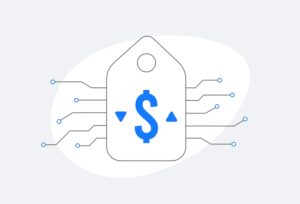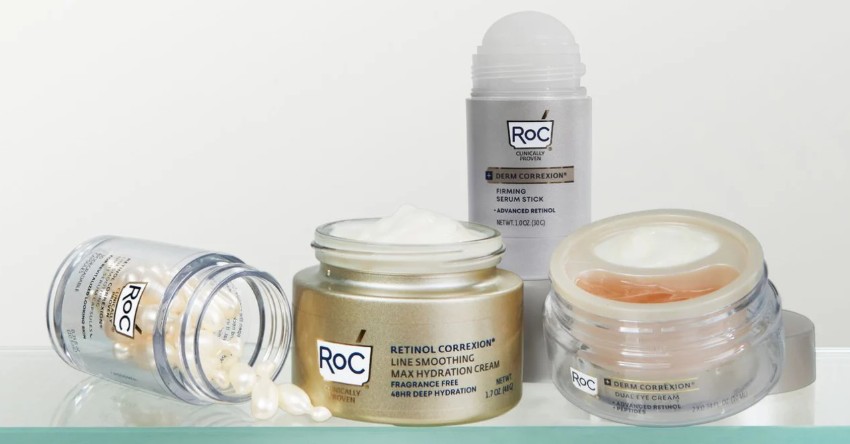Using precise, real-time targeting and dynamic storytelling, programmatic advertising connects brands to consumers in a more personal way than ever before.
Not too long ago, there was a tireless breed of people called media planners who painstakingly labored over consumer research, negotiated direct deals, and compiled reports to show return on investment. These hardy folks could easily spend a whole day entering data into spreadsheets or researching target consumers to figure out the best ways to reach them. Fortunately, we’ve come out of those dark times and, thanks to the advent of programmatic technology, media planners are able to work smarter by letting algorithms take care of the tedious tasks.
New Possibilities with Programmatic
Sometimes the exact definition of “programmatic” becomes the subject of debate, but simply put, programmatic ad buying is the automated process of purchasing online display ads. The technology enables brands to target consumers in real time, leveraging someone’s online footprint to reach them with relevant advertisements.
Here’s how programmatic ad buying works: As a publisher’s site loads, its server requests an ad from the ad exchange, where brands bid for inventory in real time. Cookies are used to supply personal information based on a consumer’s online history, and an ad is sourced accordingly based on that consumer’s specific interests. The inventory is populated with an ad from the highest bidder, which is then served to the target consumer. By increasing ad targeting efficiency, programmatic has dramatically improved not only targeting but also ROI.
Programmatic facilitates this whole process within milliseconds. This speed, combined with a wealth of user data, allows brands to reach their audiences with precision. “We can go and find people who have purchased Corona in the last 30 days, or better yet, purchased Miller Lite, and then we can target them with a Corona ad,” explains Chris Wexler, senior vice president of Cramer-Krasselt. “I think we’re on the cusp right now of people thinking about ‘how do we move from prose of great targeting and efficient transactions?’ to the poetry of getting the right message in front of the right people.”
The Art of Consumer Engagement
One of the benefits to brands employing programmatic technology is that they are able to follow and reach consumers as they navigate across channels. This creates opportunities to speak to the audience at many points of the brand engagement cycle. It also affords brands the opportunity to experiment and discover which advertisements work the best, altering engagement strategies in real time if need be.
 Take, for instance, Vitamix, a premium blender company. Imagine there is a pool of identified leads for premium blenders based on consumers’ online behavior. Using programmatic, Vitamix can create ad experiences for this pool in ways that match their online environment. A consumer perusing a home and garden magazine can be targeted to see an ad for a Vitamix blender. When the consumer moves to a food blog, they’ll be shown a Vitamix blender recipe. This dynamic form of storytelling means that each consumer can potentially receive personally tailored content where there was none before.
Take, for instance, Vitamix, a premium blender company. Imagine there is a pool of identified leads for premium blenders based on consumers’ online behavior. Using programmatic, Vitamix can create ad experiences for this pool in ways that match their online environment. A consumer perusing a home and garden magazine can be targeted to see an ad for a Vitamix blender. When the consumer moves to a food blog, they’ll be shown a Vitamix blender recipe. This dynamic form of storytelling means that each consumer can potentially receive personally tailored content where there was none before.
The Future of Programmatic
In our consumer society, brands have always played a role in forming personal identity. Someone who drives a Volvo, for instance, probably values safety. Meanwhile, people might assume that a Jeep driver seeks adventure. Now more than ever, advertisers can leverage this information to align their messaging with personal behaviors and attitudes.
As it stands, programmatic is poised to make up over two-thirds of all digital display advertising, according to eMarketer. It’s only a matter of time before programmatic takes over mobile, video and even television advertising.
“We have witnessed the significant growth of programmatic advertising in China since 2012. The variety of ad formats across programmatic mobile, PC and video are all progressing very fast,” says Sara Ye, president of International Markets at iPinYou, a Beijing-based programmatic platform. “It is an exciting opportunity for foreign brands to reach one of the world’s largest markets through the programmatic platform.”
The technology itself is also getting increasingly more sophisticated. “We’ve just scratched the surface with what people call ‘programmatic’ today,” according to Or Shani, Founder and CEO of Adgorithms, an artificial intelligence-based marketing platform. “I think that five years from now, people will look back and say, ‘I can’t believe we called this programmatic. I can’t believe we used to do that manually.’ It’s going to be completely autonomous.”
In the past, sci-fi movies like Steven Spielberg’s Minority Report were imagining advertising as a fully immersive experience, with interactive ads addressing people by name. Today’s consumers are inundated with brand messages, but programmatic technology offers brands a chance to fully engage with their audience and actually help consumers find what they want. With programmatic, the future of advertising is happening now.
Jennifer Gehrt is a partner and co-founder of Communiqué PR.
Related Articles:
Marketer vs. Machine: What Programmatic Means to CMOs




 Network
Network

